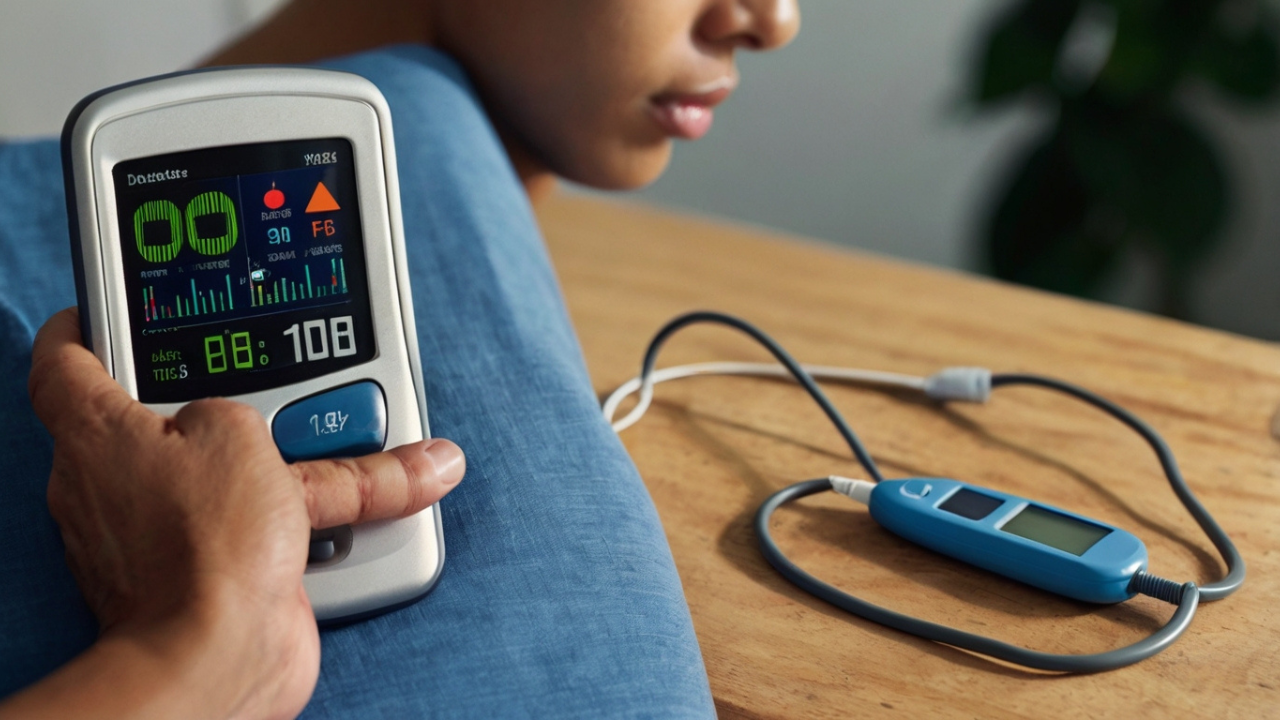Effective Diabetes Treatment: Proven Strategies for Managing and Reversing Diabetes Naturally
Effective Diabetes Treatment: Proven Strategies for Managing and Reversing Diabetes Naturally Signs and Symptoms of Diabetes Diabetes, a chronic condition affecting millions worldwide, manifests through various signs and symptoms that can often be subtle initially, making early detection crucial for effective treatment. Some common indications of diabetes include increased thirst, frequent urination, unexplained weight loss,







